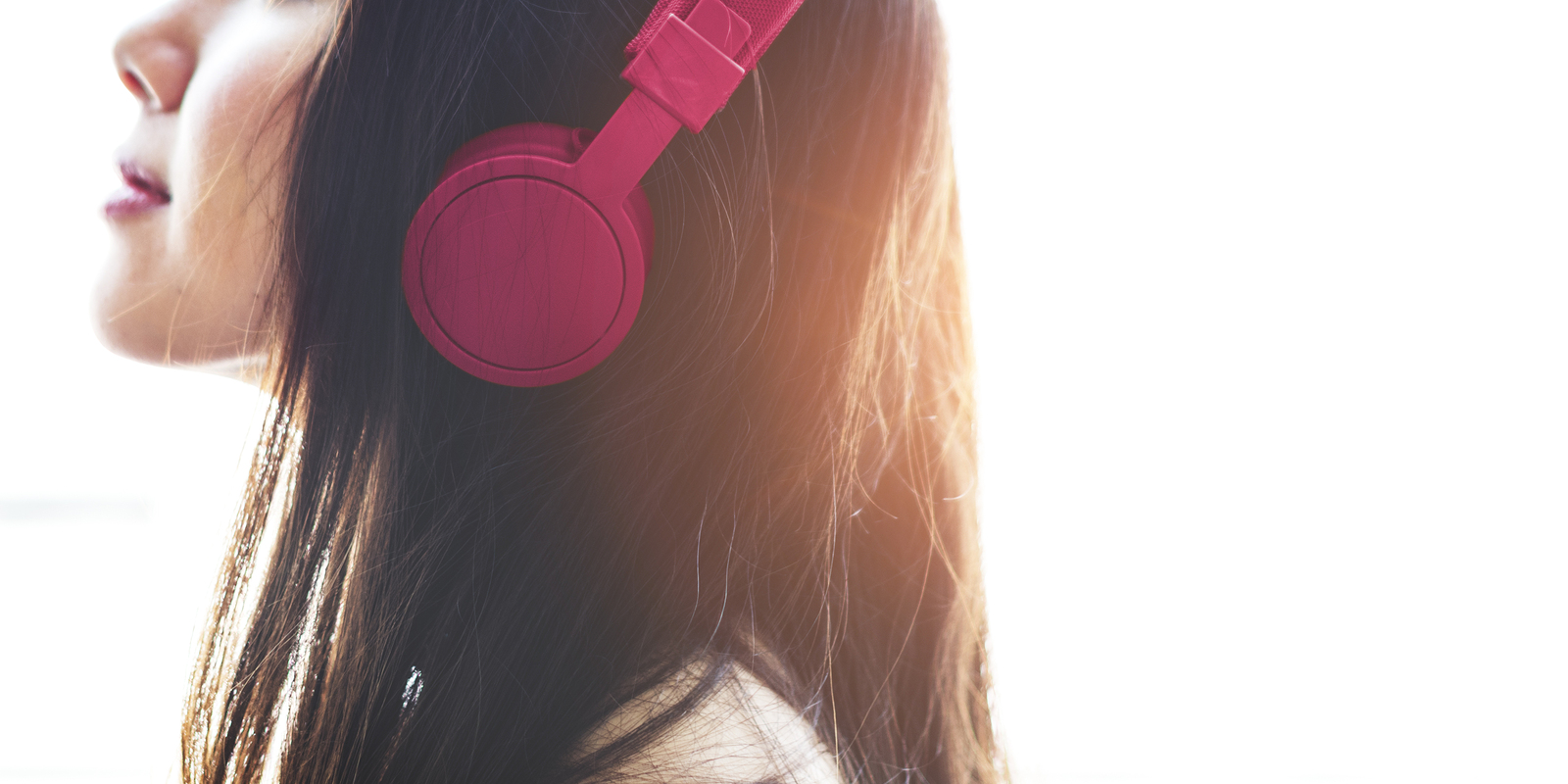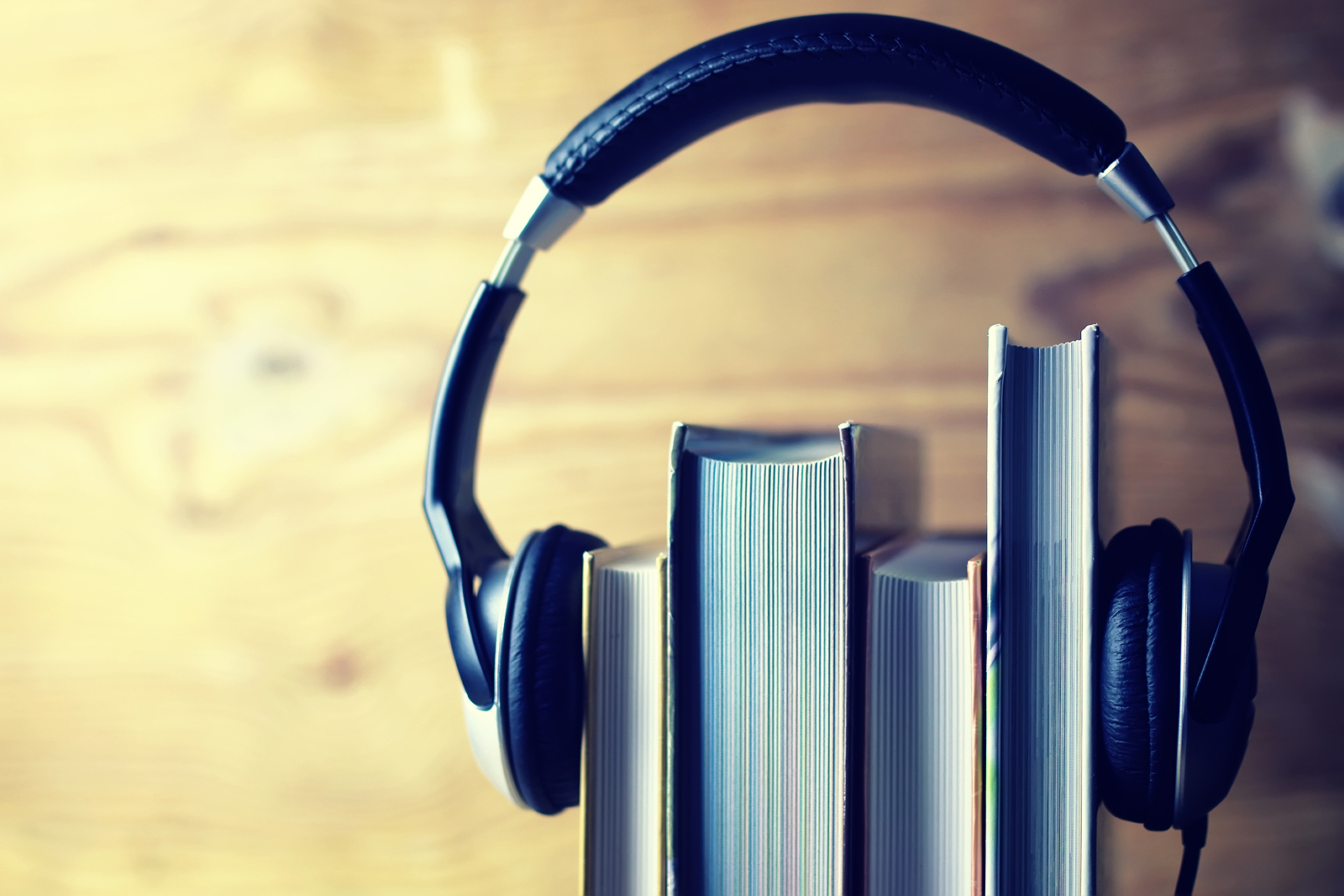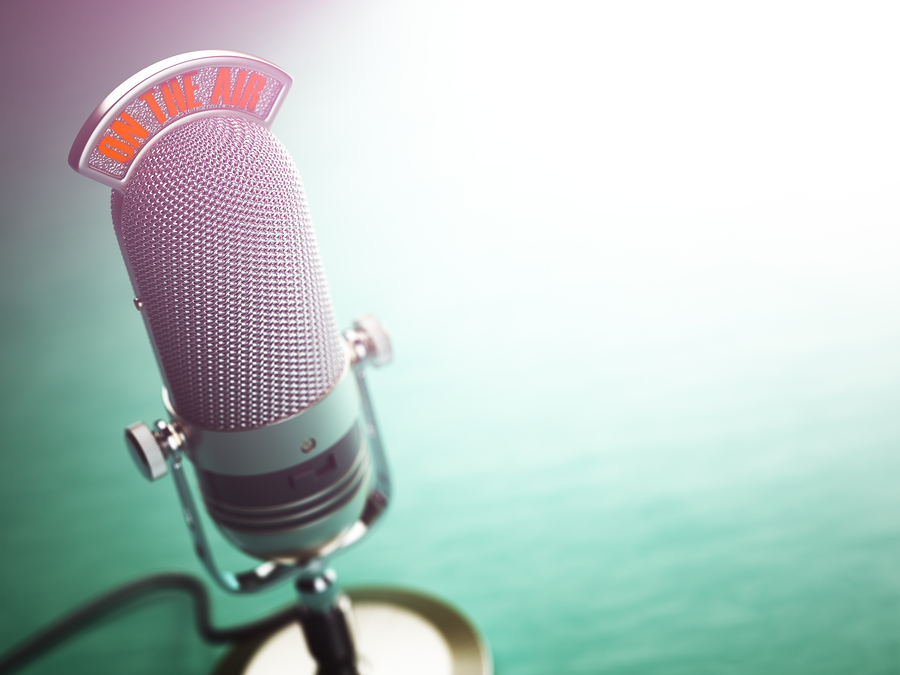Back in the day when your first response to “20/20” was not Dr. Shelling’s BIG-E Eye Chart, but ABC TV’s Barbara Walter’s news show, it was great fun to get lost in the maze of a big bookstore’s magazine section. There were CinemaScopic arrays of publications displayed on shelves and tables. Magazines that specialized in the myriad subjects that interested the reading public appealed for our attention. And some money.
But it came to an end. A new, different time was here. Things happened. Some big newspapers reformatted or just disappeared. Iconic magazines ceased publication. A national chain of mega-bookstores shut its doors. The trend of consolidation has continued, especially with regards to the sale of books and traditional print magazines. Many established publications such as The New Yorker have begun to offer professionally narrated versions of feature stories free for readers online.
What happened? What caused this upheaval? There were a number of contributing factors. Here are just two of them. Way up there on our list was the personal electronics revolution. It seemed to happen overnight. Our homes suddenly were filled with all manner of things and e-stuff. We could now download the world. This trend became more of a necessity than ever during the lockdowns of the coronavirus pandemic.
Way down the list of problems is one that is disproportionately important because it is so sensitively personal.
With the passage of time, more and more, people are having more and more macular diseases and no longer can read magazines.
Enter Choice Magazine Listening.
Actually, Choice Magazine Listening (or CML) made its debut back in 1962. With its goal of providing recordings of periodical literary works for the visually disabled or handicapped in formats usable by them, CML began to reopen the pages of magazines for low vision readers. While at first they subscribed to only a handful of periodicals, and drew heavily from New York City-based publications, their reading list has expanded over the years to include over 100 of the best English-language magazines, literary journals, and small press publications from around the world.
Sometimes it’s hard to navigate tricky waters. But 60 years of experience has helped CML to carry out and improve the quality of its mission: To provide people with any print disability, whether it’s visual, physical, or perceptual, access to the best writing found in the pages of America’s (and Canada’s, and the UK’s) top magazines. At no charge.
To carry out its mission, an editorial board reads over 100 magazines to get a glimpse of their quality and range. Here are just some of the group:
- The New Yorker
- National Geographic
- Sports Illustrated
- Harper’s
- The Atlantic
- Scientific American
- Natural History
- Smithsonian
- Horticulture
- Vanity Fair
- Rolling Stone
- Audubon
- Esquire
- Oxford American
- Texas Monthly
- London Review of Books
- Brick
- Crazyhorse
CML releases four 12-hour recordings per year. Each cartridge or download contains a varied assortment of professionally read and recorded segments — articles, poetry, fiction, essays, or letters of recommendation — all from the extensive CML print and digital library.
CML feels it’s important to underscore the value it places on good writing. That seems a worthy position these days when “fast” seems more valued than “good.” And — very much worth repeating about a subscription to Choice Magazine Listing — it is entirely free.
CML digital cartridges can be played on a Talking Books Player from the National Library Service (NLS) or downloaded to the BARD Mobile App (available on the App Store, Google Play, and the Amazon Appstore).
Contact Choice Magazine Listening with questions or to subscribe:
Phone: 888-724-6423 (M-F 9-4 EST)
Online: choicemagazinelistening.org/
Facebook: facebook.com/ChoiceMagazineListening
Twitter: twitter.com/choicemaglisten
Sign up for their newsletter to be notified when new issues become available for download—it’s quicker than waiting for a talking book cartridge, and there’s nothing to return. Just go to choicemagazinelistening.org/content/newsletters and enter your preferred email address.
This article was previously published Feb 23, 2017 and updated Dec 7, 2021.


